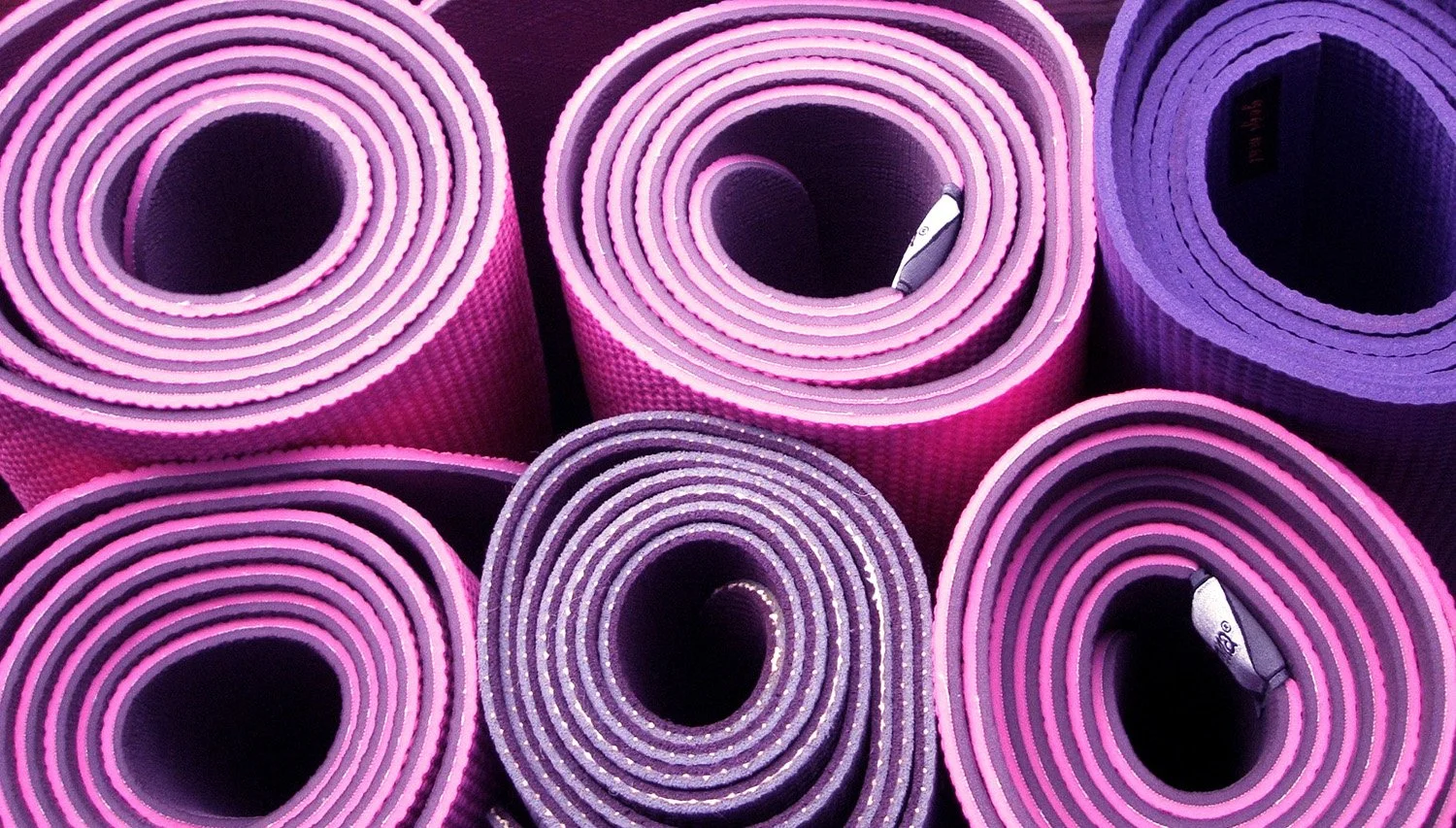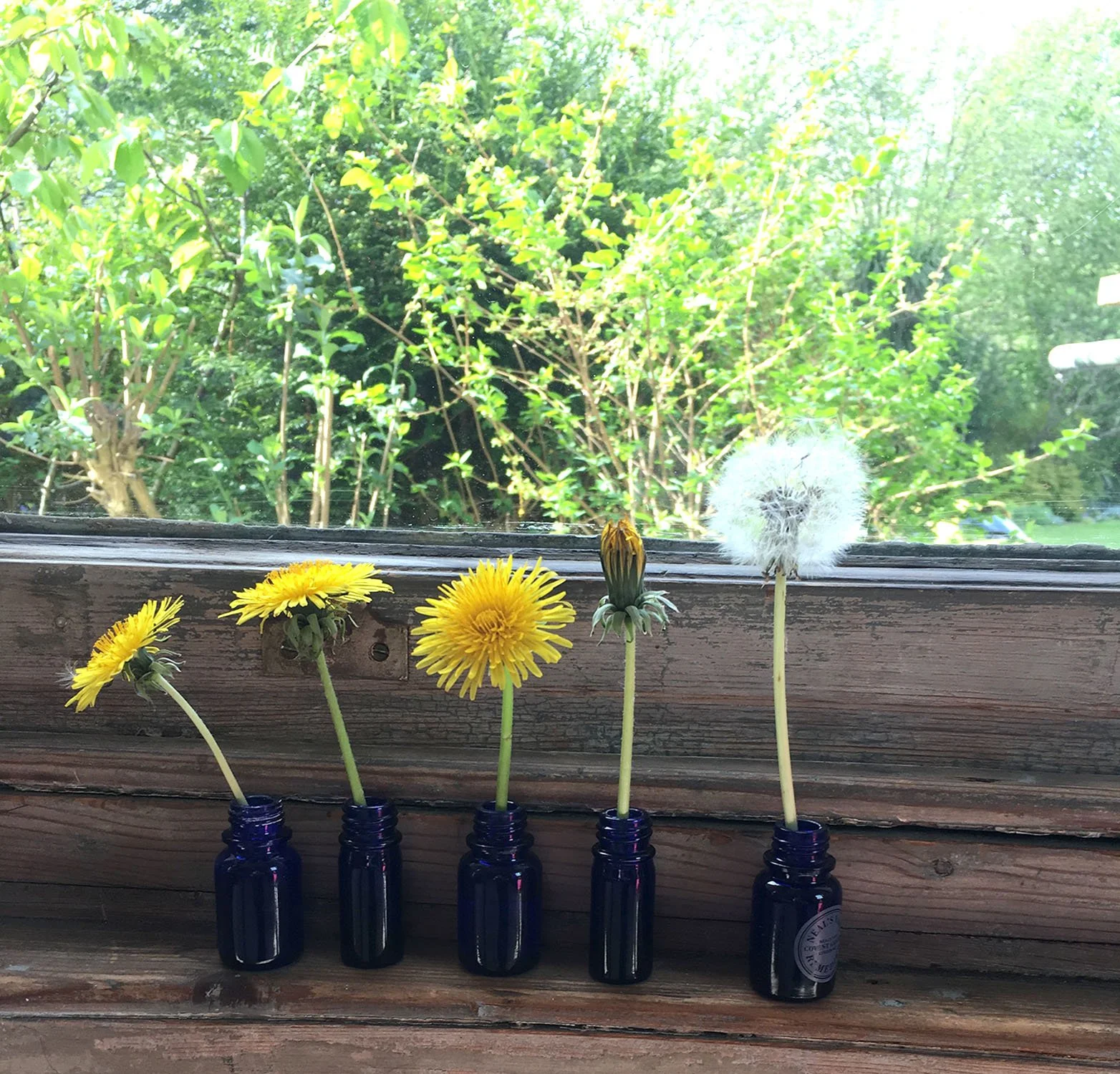
About yoga
My Approach to Yoga
My approach to yoga has evolved over many years of practice with inspiring teachers, all deeply influenced by the teachings of Vanda Scaravelli. For me, yoga is about reconnecting with the body—listening, responding intelligently, and exploring with curiosity and playfulness.
A central focus of my teaching is on calming the nervous system. By working with the body's natural rhythms and encouraging deep rest, we create the conditions for relaxation, healing, and a renewed sense of balance.
I emphasise simplicity in practice. My teaching centres on:
Working with gravity to cultivate natural alignment and ease.
Patience—allowing the body to unfold in its own time.
Releasing tension, fostering a sense of freedom and lightness.
Nurturing compassion for ourselves and others.
By prioritising these elements, I aim to guide students toward a state of calm and connection, helping to soothe the nervous system while fostering a deeper awareness of the body and mind.
The meditative and reflective aspects of my yoga practice are enriched by my long-standing experience with Insight (Vipassana) meditation, rooted in the Theravada Buddhist tradition. This practice, which emphasises mindfulness and presence, complements yoga by deepening our ability to notice and respond to what we feel in the moment—on and off the mat.
Through yoga and meditation, I have found that a natural sense of compassion and inner peace emerges. As we attune to our relationship with our own bodies and minds, we also grow in how we connect with others. This process of calming, healing, and transformation is, to me, one of yoga's greatest gifts.
Ready to Begin Your Journey?
Whether you’re looking to calm your nervous system, develop greater body awareness, or simply take some time for yourself, my yoga classes offer a welcoming space for exploration and growth.
Join me in person at Unit 4 Yoga Studio, Brighton, or from the comfort of your home via online classes on Zoom. Let’s work together to find ease, connection, and balance.
Visit the Timetable to find a class that suits you, or Contact Me with any questions.
What is Hatha Yoga?
The term ‘Hatha Yoga’ refers to a broad category of yoga styles that involve physical postures and exercises, known as asanas. Much like the diversity found in dance, Hatha yoga encompasses many distinct approaches. Popular styles you might be familiar with include Ashtanga, Bikram, Iyengar, Sivananda, and Vinyasa Flow.
The word ‘yoga’ is generally translated as ‘union’ or ‘bringing together’. It originates from ancient India and is first mentioned in the Upanishads, sacred texts that explore the nature of existence. Later, the Yoga Sutras of Patanjalioutlined the eight limbs of yoga, which include asana as just one aspect of the practice. These limbs offer a holistic guide to living a balanced and purposeful life.
Another foundational text, the Hatha Yoga Pradipika, delves into the physical aspects of yoga, detailing asanas and yogic cleansing practices. Together, these classical texts provide a roadmap for understanding both the spiritual and physical dimensions of yoga.
What is Scaravelli-Inspired Yoga?
I have been practising Scaravelli-inspired Hatha Yoga since 1995 and teaching it since 2001. This unique approach, developed by Vanda Scaravelli (1908–1999) of Florence, Italy, is deeply influenced by her studies with the legendary Indian teacher B.K.S. Iyengar. Scaravelli went on to create her own method, beautifully expressed in her book Awakening the Spine.
This approach encourages a patient and personal exploration of yoga, where each asana is adapted to suit the individual. Rather than striving for a fixed posture, the emphasis is on discovering a natural and intuitive expression of movement that aligns with your body.
Key principles of Scaravelli-inspired yoga include:
Connection to Breath: Developing a deep awareness of the rhythm of your breath.
Grounding to the Earth: Feeling supported by the earth beneath you.
Becoming aware of the spine and how it moves, releasing tension to move more freely.
The Pull of Gravity: Working with gravity to find ease and flow in your practice.
This approach fosters a profound sense of integration and encourages practitioners to approach their yoga with curiosity, sensitivity, and self-compassion.
How I teach
I have over 20 years of experience teaching yoga and meditation, and my approach is rooted in creating a friendly, safe, and supportive space where students can explore movement, breathing, and meditation practices, starting from wherever they are. I teach all levels, from beginners to experienced students, and I believe the process is as important as the outcome.
For me, yoga is about the journey, not the perfecting of a pose. I am passionate about helping students find freedom in their bodies by encouraging them to slow down, be curious, let go, and turn their attention inward. It’s in this mindful exploration that transformation happens.
I’ve had the privilege of teaching people from all walks of life, and I love sharing and learning from our collective knowledge. My strong understanding of anatomy and physiology, along with my background as a massage therapist and reflexologist, informs my awareness of touch, tension, and body alignment.
I offer clear instructions, primarily in English (rather than Sanskrit), to ensure accessibility and clarity. I also provide alternatives and variations to movements and breathing techniques to accommodate a wide range of abilities, creating an inclusive practice for everyone.
In addition to my yoga teaching, I bring a wealth of experience in meditation. I have maintained a regular mindfulness practice for many years and have attended numerous residential meditation retreats. I also facilitate deeply restful Yoga Nidra sessions, helping students cultivate deep relaxation and restorative awareness.
What to expect at a yoga class
You’ll receive a warm welcome in my small, friendly yoga classes, where the atmosphere is supportive and inclusive. The pace of the classes is slow and exploratory, inviting you to connect deeply with your body and breath. Expect to spend time on the ground, engaging in gentle movements that help you tune in, notice sensations, and become more aware of the present moment.
Each session emphasises releasing tension and sensing the pull of gravity, allowing for a greater sense of ease and alignment in your body. While the pace is slow, it’s important to remember that this doesn’t necessarily mean it’s easy. Moving mindfully, paying attention to each movement, and remaining present can be challenging at times—but it’s in this mindful attention that we learn the most about ourselves.
Each class is unique, but the core principles remain the same: to cultivate presence, awareness, and compassion in the body. Whether you’re new to yoga or an experienced practitioner, my classes are designed to support you on your own journey of exploration and growth.
“Yoga will be accepted by the body when it is done without resistance. The wave along the spine is like the melody in music. When the beautiful flow of extension is in action this wave (felt along the magical attraction of gravity) will help the body find the right adjustment in the performance of various movements.”
— Vanda Scaravelli, ‘Awakening the Spine’



